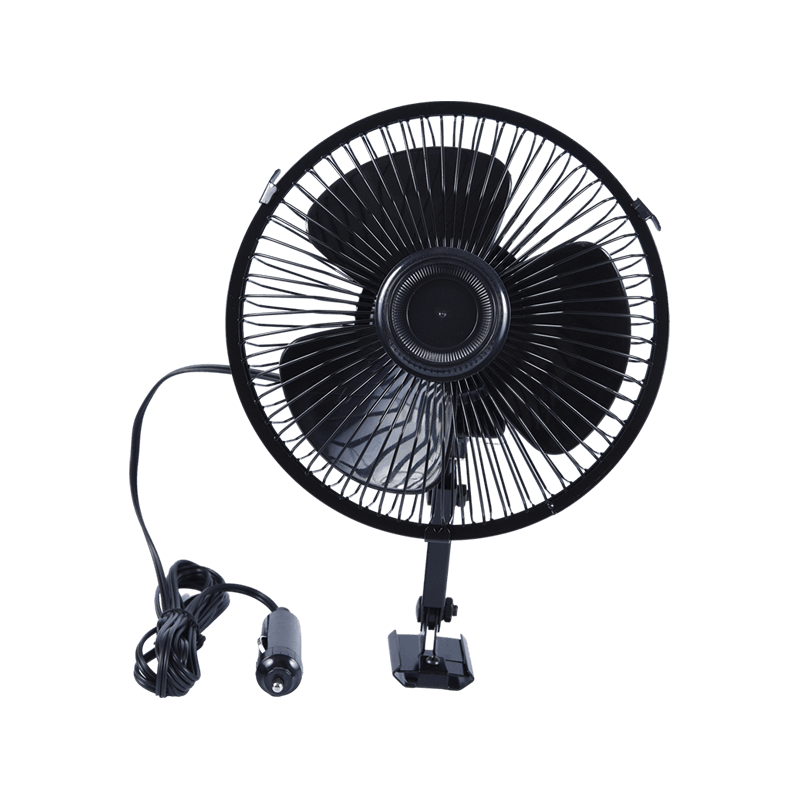As winter's chill sets in, a malfunctioning car heater is more than an inconvenience—it can compromise passenger comfort and safety. A common frustration many drivers encounter is when the front seats are toasty warm, but the back seat occupants are left shivering. Understanding why your car's rear heater isn't working requires exploring several potential causes.
Understanding the System:
Unlike the dedicated heater core and blower fan serving the front cabin, rear heating systems vary significantly:
- Extended Ductwork: Most commonly, warm air for the rear is channeled from the main heating system through ducts running under the floor or along the sides of the vehicle. Vents in the center console, B-pillars, or under the front seats direct this air rearward.
- Dedicated Rear HVAC: Some larger vehicles, like SUVs, minivans, or luxury sedans, may feature a completely separate rear heating unit with its own small heater core, blower fan, and controls located in the back. This is less common but offers more independent temperature control.
Common Culprits for Rear Heater Failure:
- Blocked Air Vents: The simplest explanation is often the correct one. Check the rear floor vents (usually near the front seats) and any pillar or console vents. Debris like toys, papers, food wrappers, or even accumulated dust and dirt can physically block airflow. Ensure vents are fully open using their control sliders or dials.
- Clogged Cabin Air Filter: While primarily affecting airflow to the front, an extremely clogged cabin air filter can restrict overall system airflow, potentially diminishing the volume reaching the rear ducts. Replacing this filter is standard maintenance.
- Faulty or Misadjusted Blend Door Actuators: Blend doors control the mix of hot and cold air. If the actuator (the small electric motor controlling the door) serving the rear ductwork fails, gets stuck, or is out of calibration, it might block warm air from entering the rear ducts. You might hear a clicking or buzzing sound near the glovebox or center console if an actuator is struggling.
- Damaged or Disconnected Ductwork: The plastic ducts running to the rear can become cracked, crushed (e.g., by heavy cargo), or disconnected at joints, especially under seats or in the footwells. This allows warm air to escape into the cabin structure instead of reaching the rear vents.
- Low Coolant Level: The engine coolant is the source of heat for all heating systems. If coolant is low, the heater core(s) cannot get hot enough to produce warm air, affecting both front and rear. Check your coolant level in the overflow reservoir (when the engine is cold).
- Air Pockets in Cooling System: After coolant service or if a leak exists, air can become trapped in the heater core(s), preventing hot coolant from circulating properly. This can cause inconsistent heating, potentially affecting the rear more noticeably.
- Faulty Rear HVAC Unit (If Equipped): For vehicles with a dedicated rear system, specific components like the rear heater core, blower motor, control module, or associated fuses/relays could be the source of the problem. Issues here would only impact the rear heating.
- Control Settings & Why Not Warm Air?: Crucially, ensure the climate control system is set correctly. Many systems require selecting "Floor" or "Bi-Level" vent modes and activating specific rear controls (like a "Rear" or "Rear HVAC" button). Air directed only to the "Dashboard" or "Defrost" vents often bypasses rear ducts entirely. Also, confirm the temperature dial for the rear (if separate) is set to "Hot".
Diagnosis and Solutions:
- Start Simple: Visually inspect all rear vents for blockages. Check the cabin air filter. Verify coolant level and look for leaks under the car. Ensure climate control settings are correct.
- Listen: With the engine and heater running, listen near the dashboard or center console for any unusual clicking or buzzing sounds indicating a struggling blend door actuator.
- Inspect Ducts: Carefully look under the front seats and in the rear footwells for disconnected, crushed, or obviously damaged ducts. Be cautious of moving parts.
- Professional Help: For issues beyond simple blockages, settings, or low coolant, professional diagnosis is recommended. Mechanics use scan tools to check blend door actuator calibrations and HVAC control modules. Diagnosing ductwork leaks or internal blend door failures usually requires partial dashboard or console disassembly. Dedicated rear HVAC systems require specific expertise.
A non-functioning rear heater is often a solvable issue, ranging from simple blockages to more complex blend door or ductwork failures. Starting with the easiest checks—vents, filters, settings, and coolant—can often resolve the problem. If not, seeking a qualified automotive technician ensures an accurate diagnosis and proper repair, restoring warmth and comfort to all passengers on cold journeys. Addressing the issue promptly enhances both comfort and safety during winter driving.


 English
English Português
Português عربى
عربى 中文简体
中文简体











